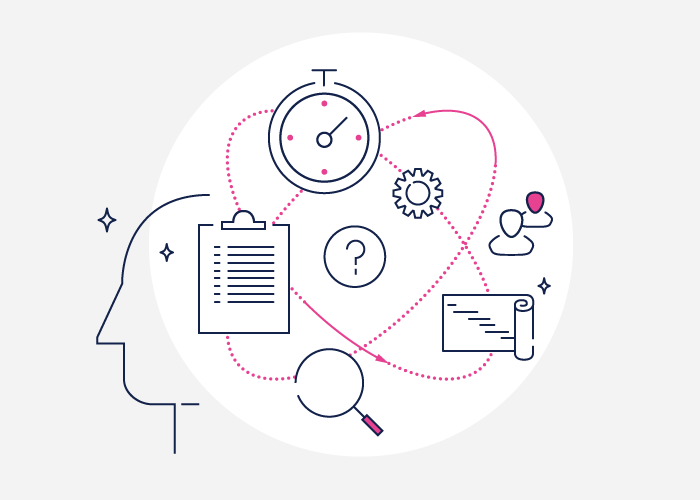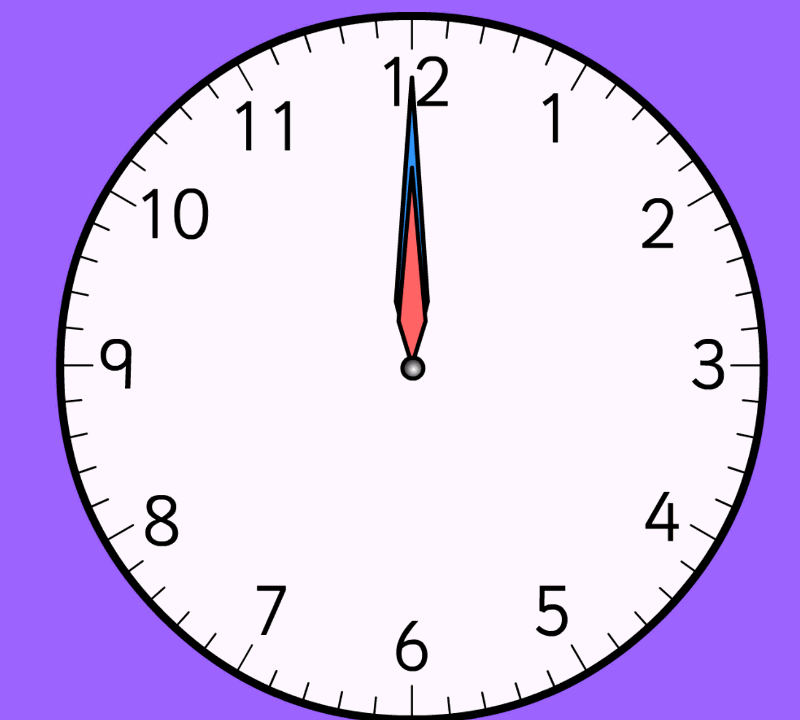
Introduction
Managing learning refers to the implementation of various strategies and approaches in the classroom. The purpose of implementing these strategies is to engage and manage students during the learning process to achieve the learning outcomes.

1. Establish routines and set rules

Routines and rules help with classroom and time management. They refers to the repeated instruction and things that students follow or do during the lessons daily. They help students to know what is expected from them and how to perform independent tasks.
Reflection
Routines are essential in any learning environment, especially when you cannot communicate with students face-to-face. Therefore, during my teaching practices, I used to follow some routines with my students. For example, how they should submit their homework, tasks and receive feedback. While routines are effective for managing classrooms, rules are important as well. Teachers need to set their online classroom rules and keep them simple. I used to remind my students about classroom rules at the beginning of each lesson. For example, in semester eight in which I practiced my teaching online, students needed to keep their mics muted and raise their hands if they want to answer or have any questions. Additionally, they had to participate quietly and politely during the lessons. Moreover, if students had any issue, they needed to write in chat so the do not interrupt me while explaining the lesson. Establishing routines and setting rules helped to manage my students and engage them effectively. Students were actively, politely participating during the lessons.
Evidence

A sample while reminding students of the online sessions rules during one of my lesson.

2.Apply positive and negative reinforcement strategies

Negative reinforcement is a classroom management strategy, which focuses on removing stimuli from students to boost good behaviors. On the other hand, positive reinforcement is another effective strategy of classroom management, which changes students behavior for better through rewarding.
Reflection
Reinforcement strategies play a significant role on students behavior. If a teachers struggle with students' bad behavior and they lose control on classroom management because of this, they should apply both positive and negative reinforcement strategies. In my first teaching practices, I used to face many issues with managing students because of the lack of the reinforcement strategies use. Thus, I started to follow several strategies during the periods of my teaching practices such as verbal praises, giving them small gifts, giving them extra grades and clapping for them.
For example, in my online teaching practice in semester eight, when students opened their mics to answer without permission and made noise, I reminded them about classroom rules and told them if they repeated the same behavior again, they will lose grades. Additionally, when students answered questions correctly, I used some verbal praises to encourage them to participate again to make feel proud of themselves. Moreover, while performing the activities, I rewarded the winner groups by giving them extra grades. These strategies helped me a lot with classroom management. They allowed me to motivate students to participate during the lessons and improve their progress in various aspects. Swartzer (2017) emphasized that positive and negative reinforcement strategies play a significant role on managing students' behavior and change it for the better.
Evidence

A sample while playing the "Balloon" game with students and rewarding the winner group by giving them extra grades.

3.Set specific time for each activity and differentiate activities

Setting specific time on each task helps teachers with classroom management. It gives the opportunity to implement what they planned for actively and efficiency. In addition, differentiating activities one of the most important factors of the successful teaching process.
Reflection
Teachers need to be set a particular time for their activities to manage their classes time. In addition, they need to have a knowledge about their students' learning styles to prepare the suitable activities and assessments that meet their needs and engage them during the lessons. Therefore, during my teaching practices, I used to use timer to set a specific time for students to accomplish their tasks. This strategy allowed me to apply all of activities during my lessons, hence achieve my learning objectives. Moreover, they helped me to manage students because students knew that they had a particular time to finish the tasks, so they were fully engaged during the activities. Setting a specific time on assessments allows students prioritize tasks with full attention, thus complete them more efficiently (Blog, 2015). Furthermore, I was differentiating my oral questions and activities based on students' learning styles, levels and abilities. This method supported students to improve their skills, attracted their attention and motivated them to learn.
Evidence

This a sample of the use of the timer during one of my lessons.





